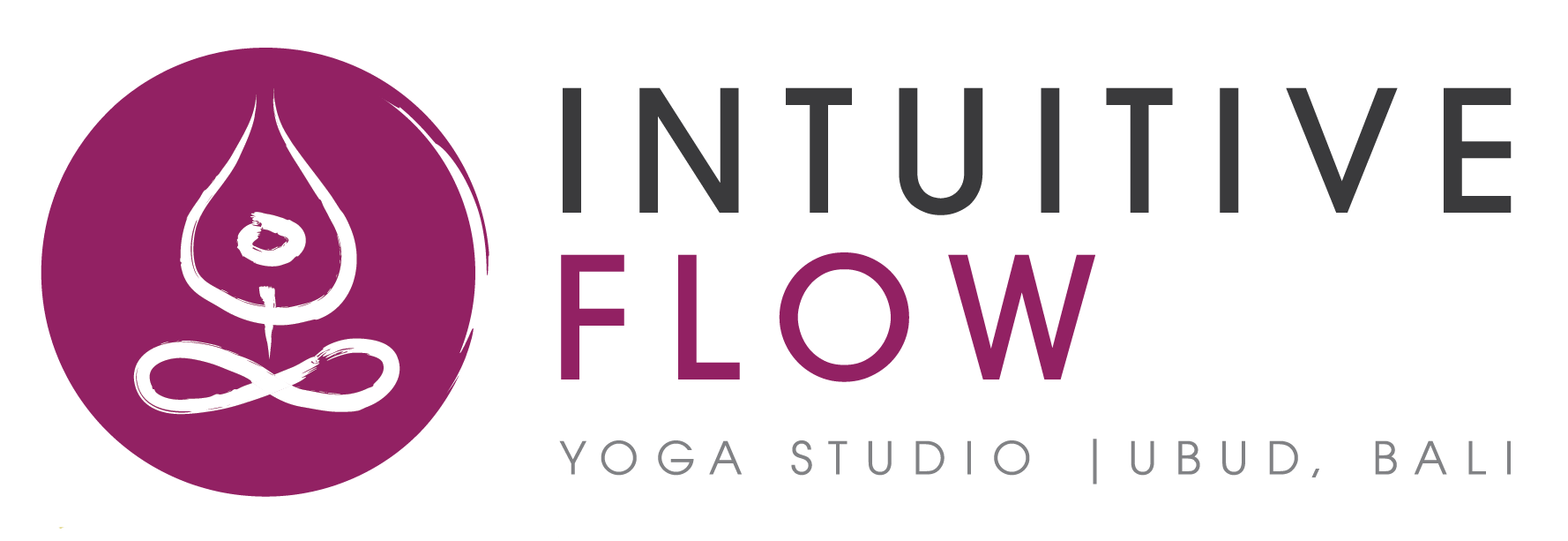07 Oct Cultivating awareness with the eight limbs of Yoga of Patanjali
Many people live pretty stressful life-styles these days, never taking the time to stop. Every one is running all the time. Everyone is busy. They take very little time to truly relax and just cannot stop being busy. When they do stop, it is for texting, emailing, facebooking, twitting, watching TV etc.
In the work place, people behave like headless chickens, running and running on the rat race treadmill. Business is often about outsmarting each other. Everyone works on his or her smart phone, tablet or computer. As a result work gets taken home with them and they don’t enjoy any ‘downtime.’
Many people are slaves to money, identifying themselves with what they own, how much money they have, their social status and the way their body looks. They are seeking eternal youth and identify themselves by their intellectual abilities, becoming insecure, fearing change, and being afraid of sickness and death. When they do want to relax, many choose to go running or cycling; faster and faster.
These are the many distractions that obstruct their consciousness.
People only stop when they have no more choice; when they get sick, suffer from burn out or develop chronic fatigue. When their body decides that they have no other choice. This is usually when I meet them; when they have no other option but to make changes in their life.
Their consciousness is extroverted and is mostly connected to the outer world. They are seeking to find fulfillment outside of themselves and become hijacked by their own mind, identifying themselves with the fluctuations within. The mind wants to avoid pain (dvesa) and seeks pleasure (raga). This is the duality of the mind. The mind is indeed responsible for our identification to the world of senses and sense object.
But it doesn’t have to be this way. Fortunately, the mind is also an extension of our consciousness. This is why people need to try yoga and meditation. The focus should not only be on an asana practices. The only way to end the suffering is to manage our mind. In order to manage the mind we need a sadhana, a practice. Awareness of our higher self liberates us from our lower self. Connecting with the space within permits cultivating peace within.
Patanjali in the yoga sutras describes the art and science of Yoga as being comprised of 8 limbs, as follows: Yama (social discipline), Niyama, (self-discipline), Asanas (Body postures), Pranayama (Breathing exercises and control of prana), Pratyahara (sense withdrawal), Dharana (mental focus of an object), Dhyana (Meditation of the Divine), Samadhi (Union with the Divine). The 8 limbs cultivate awareness.
Asana is important because people don’t know how to simply do nothing. Most humans have a ‘scattered’ or oscillated mind, but the purpose of yoga is to attain one pointed mind. Yoga bypasses the mind. While practicing asana we cultivate awareness, which is key to moving from an unhealthy lifestyle and on to a healthy one. Yoga frees the energy in the body and frees the consciousness from its outer identification. But there is no yoga without breathing and in that sense pranayama is part of an asana practice.
Pranayama is more than breathing exercises; it is a very effective purification technique. During pranayama, we learn how to master Prana. Prana influences the physical body, the brain, consciousness and energy. Pranayama revitalizes and gives life force to assist us to manage the ebb and flow of life and overcome obstacles during our spiritual journey. It gives us mental peace, quiets our mind and psyches, stimulates and revitalizes the inner organs and it is also attributed to be cause of the longevity in yogis.
The practice of mental withdrawal called Pratyahara is a technique that teaches us to internalize our awareness, so that we can witness what is happening to us mentally and emotionally, and cultivate the position of the observer, the witness, or ‘Drashta’. Although it comes after Asana and Pranayama in the rungs of Patanjali, this practice should be cultivated while practicing Asana and Pranayama. Pratyahara is practiced by withdrawing awareness within, and by maintaining a witnessing attitude. In that sense it is an essential part of Asana, Pranayama.
Developing the awareness of our five senses teaches us how to prepare for Ekagrata (one-pointedness of the mind), which is the most important aspect of Dharana. In Dharana, concentrating the mind on an object helps to manage the oscillating tendencies of the unruly mind. We can concentrate on a flame of light at the center of the eyebrows, the heart space, or visualize different images on our mental screen.
Only once you have mastered the above one can you master Dhyana and reach Samadhi.
Yoga is the oldest self help technique that has been around since ancient times. It has proven to be very efficient to teach us to go from duality of the mind, and onwards to union with the source, and to find peace. So look no further. If you are ready to make some deep changes in your life embrace a yogic life style. Try a technology that has been proven efficient for thousand a year. Practice your yoga.

